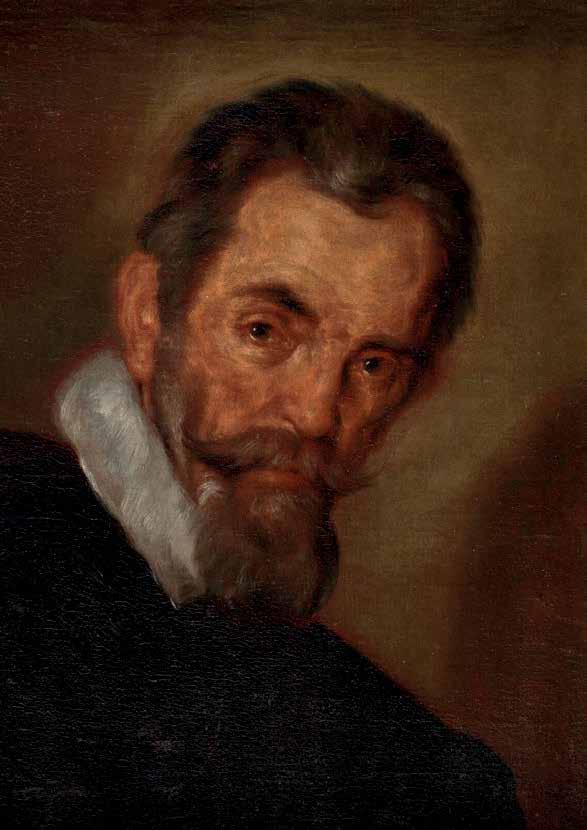
3 minute read
Cast Court
Monteverdi by Bernardo Strozzi Private Collection of Judith McCartin Scheide - Princeton, New Jersey, USA 6 a brief history position in Italy he there embedded himself firmly in Venetian circles, composing for the city’s churches, confraternities, and private Claudio Monteverdi (1567–1643) was the patrons. He also developed associations most significant composer in early 17th with the Habsburg court in Vienna. Emperor century Italy. His music moves away from Ferdinand III was hence the dedicatee of the vocal polyphony of the Renaissance the Eighth Book of Madrigals (1638), the towards more emotional styles for solo Madrigali guerrieri, et amorosi, that apvoice(s) and accompaniment typical of peared during a temporary lull in the Thirty the musical Baroque. His nine books of Years’ War. Late in life, Monteverdi returned madrigals, three of church music and three to the theatre, taking advantage of the resurviving operas both summarised and cent development of ‘public’ opera in Venrevolutionised the field. ice to produce Il ritorno d’Ulisse in patria Born in Cremona, he was taught there by the cathedral’s Director of Music, Marc’ (1640), Le nozze d’Enea in Lavinia(1641; now lost), and L’incoronazione di Poppea (1643). Antonio Ingegneri. In 1590 he moved to His three surviving operas are the earliest Mantua as court musician of Duke to have a sure place in the repertory today. Vincenzo Gonzaga, to whom he then L’Orfeo sits squarely within the tradition of became Maestro della Musica in 1601. late-Renaissance court entertainments, rich Monteverdi’s Fourth (1603) and Fifth (1605) in visual and sonic splendour, and clearly books of madrigals reflect new developments designed to show off the virtuoso singers influenced by the poetry of Tasso and and instrumentalists employed by the Guarini. They were also highly controversial Gonzagas in Mantua. Monteverdi takes for their breaking of the traditional rules of the new style of recitative music recently counterpoint, harmony, and mode. developed in Florence but turns it to far Monteverdi justified these licenses by the more dramatic ends, also vying to find a notion of a ‘second practice’ (seconda way of representing the singing of Orpheus, pratica) which, in contrast to the prima the greatest musician of Classical Antiquity. pratica of the Renaissance masters, made Il ritorno d’Ulisse in patria and L’incoronathe music subservient to the expressive zione di Poppea, on the other hand, cater demands of the text. to the fast-burgeoning opera industry in His first opera, L’Orfeo (1607), placed a genre newly invented in Florence on a secure musical and dramatic footing. His second, Arianna (1608), is now lost save for its famous lament for the title-character that was widely performed and imitated. The mammoth Sanctissimae Virgini missa senis vocibus, published two years later (the ‘1610 Vespers’) is a masterpiece of the various current styles of church music. Venice: the characters are more human, and their emotions more visceral. Here, too, Monteverdi exploits new styles of aria with more tuneful melodies and turns them to dramatic ends, whether to represent Penelope’s joy at recovering her long-lost husband Ulysses or, if in more troublesome fashion, to represent the nefarious love affair between Roman Emperor Nero and his mistress Poppea. For all the power of the music, the moral dilemmas are Soon after the death of Duke Vincenzo clear, and those same dilemmas go on to Gonzaga in early 1612, Monteverdi was animate the history of opera for centuries discharged from Mantuan service. He to come. moved to Venice the next year to take up the prestigious post of Director of Music at Tim Carter, Professor of Music, St Mark’s Basilica. Now enjoying the fame University of North Carolina and security of perhaps the leading musical
Advertisement



